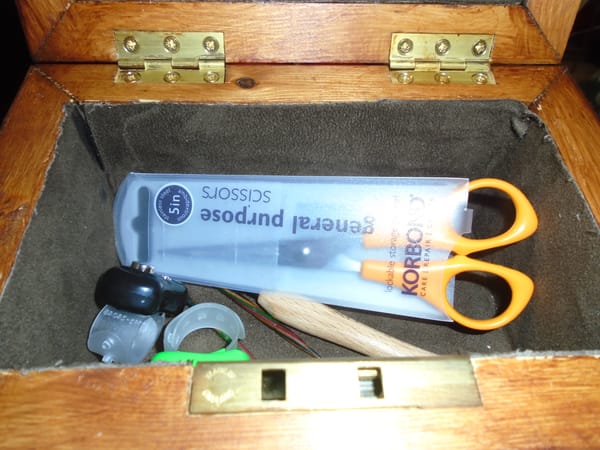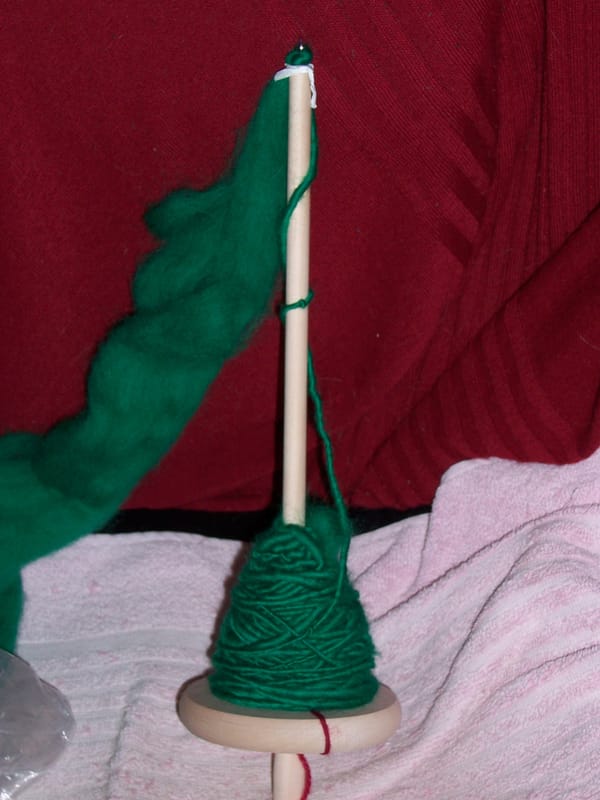With an independent air

I don't dislike the big pattern companies. After all, one of my favourite patterns is a Burda. But, nonetheless, I find that most of the patterns I buy these days come from the independents, like the five pictured above.
It took me a little while to work out the main reason why that is, but not long ago I spotted a Simplicity pattern which was almost identical to the Nina Lee Southbank Sweater shown here; and I thought to myself, "I must have seen that before and completely passed over it, but then when I saw the Southbank, that appealed."
Why?
It's very simple. The big pattern companies have a tendency to show their designs made up in striking, and often busy, fabrics; it also used to be the case that they'd always show them on stick-thin models, but thankfully that, at least, is now changing. The results always look great, but you can't see the construction lines easily, you don't get an immediate feel for where the alterations are going to have to go if you need them, and it makes it harder to imagine the garment in whatever fabric you're thinking of using. For that you have to go and look at the sketch, which is on the back of the pattern envelope, but by this time you've already seen it made up in that bright blue fabric with the yellow rose print and you may not even get as far as the sketch.
Independent pattern companies, on the contrary, for the most part put the sketch on the front of the pattern envelope, so it's the very first thing you see. (The Friday Pattern Company is, as you see, an exception; but they take care to show their pieces made up in plain fabrics, and they also show several different sizes. On the front of the pattern shown here is a lady about my size in burgundy, accompanied by a thin lady in olive green; if you open it up, you'll also see the design on a lady of magnificent Wagner-soprano proportions in russet.) If you see the sketch straight away, it's much easier to picture it in your size and choice of fabric. At least, it is for me; other people's experience may vary.
There are other nice things about independent patterns, too. For a start, the instructions are usually a great deal clearer than the big companies, and they're almost always printed in a leaflet rather than on an unwieldy broadsheet; so if you're just starting to learn to sew, it's well worth checking them out. One pattern that I should probably have included in the photograph (but forgot) is the Belvedere Waistcoat by Thread Theory, which is what I'm going to be using for the embroidered waistcoat, and that is quite amazing. Anyone who has ever had trouble trying to cram pattern pieces back into the envelope (which is, honestly, pretty much anyone who's ever done any sewing) is going to adore Thread Theory. They don't use a traditional pattern envelope; instead, they make the envelope out of good quality card and it opens out four ways, so it is really easy to put all the bits back in, including any extra bits you may have created due to resizing or other alterations. The Friday Pattern Company do the same thing, but Thread Theory even fasten theirs with a bit of waxed string that loops round a button and is held in place by friction, so even if you drop it you won't lose the bits. And it goes without saying their instructions are superb; I've never had an independent pattern where they weren't.
Then there are the speciality companies. There's Cashmerette, for instance; they are quite dear to my heart because they do cup-sized patterns. (They tell you they do C-H cup sizes, but they're an American company, so that's C-G over here, because American cup sizing - rather like American baking - is a bit unexpected.) Booby Traps is an Australian company (I think) that specialises in lingerie, and indeed underwear in general. I've always thought it a little sad that, while women can easily get lingerie that is glamorous but tasteful, for men there appears to be nothing between M&S and S&M; well, now there is! I can assure you that if I ever get married again I won't be the only one with the sexy undies. 😁 And, of course, it would be remiss of me not to mention Folkwear; they are, sadly, one of the very few independent companies who have stuck with broadsheet instructions, but their range of traditional and historical wear is second to none and very thoroughly researched. From making their Victorian shirt pattern (for a cosplay), I learnt a good deal of fascinating information about how to assemble a Victorian gentleman correctly, much of which was to be put to good use later writing steampunk fanfic.
There are one or two things you do need to be aware of. Some companies, unfortunately including Cashmerette, publish most of their patterns as PDFs, which is fine if you have a printer that'll handle it, but if you don't have a printer you then have to pay extra to have it done commercially, which ends up being more expensive than if you'd just bought a paper pattern. Other companies, including I AM, print all the pieces overlapping on one sheet of paper and you then have to trace them, which isn't a problem for a lot of people, but it is why I - much as I love my Harry Cape - will never be buying from them again; I can't stand up for long periods, so tracing large pieces is exhausting for me and has to be done in stages, like cutting out.
Generally speaking, though, I would very much recommend independent patterns if: you are new (or fairly new) to sewing; you are about to tackle an unfamiliar type of fabric (the Southbank pattern, for example, has a lot of tips on sewing knits); you just hate broadsheet instructions and would prefer a leaflet; you want to be able to see the construction lines straight away; or you have some kind of specialist requirement. (In the last case, the big pattern companies might well also cover it, but you will probably get a lot more choice from a relevant independent.)
And, one final thing: if you know you're going to use a pattern several times and you'd really rather not have to trace it, then Nina Lee is one good answer (there may be others; I haven't investigated every brand, obviously). They print their patterns on good quality paper rather than flimsy tissue, so it won't rip from repeated pinning. Which is just as well when you consider the number of Southbanks I'm making at the moment!




